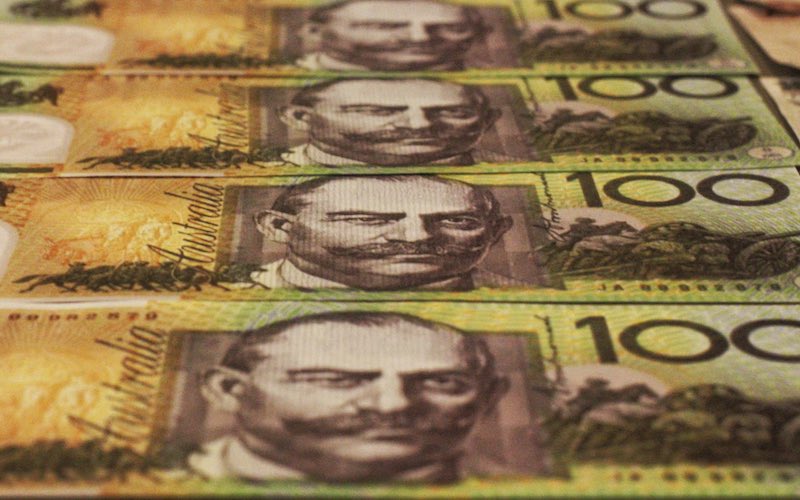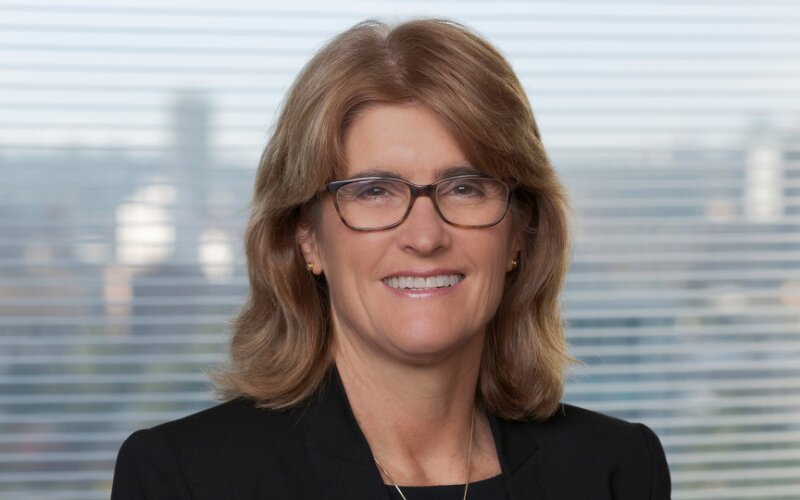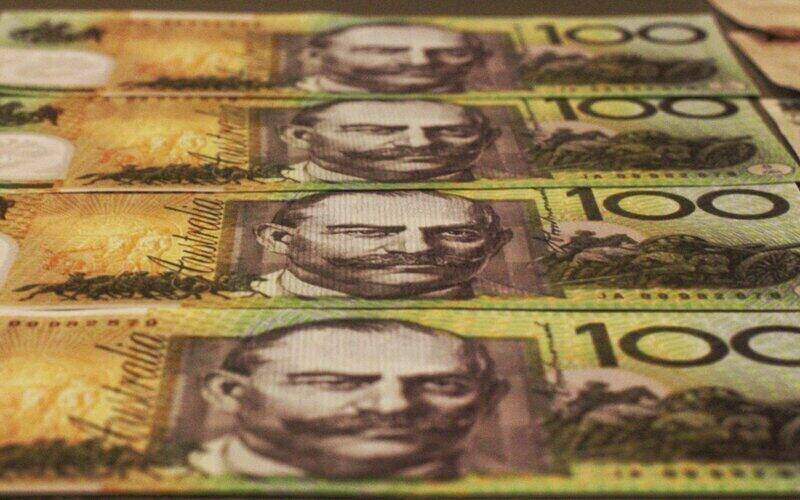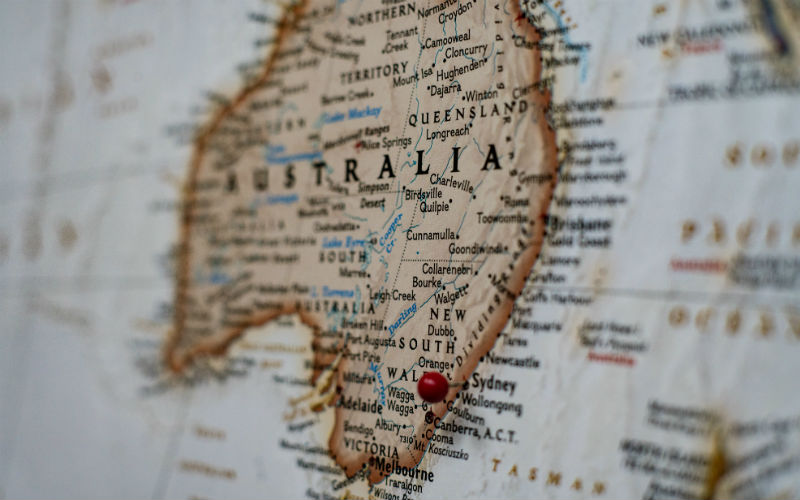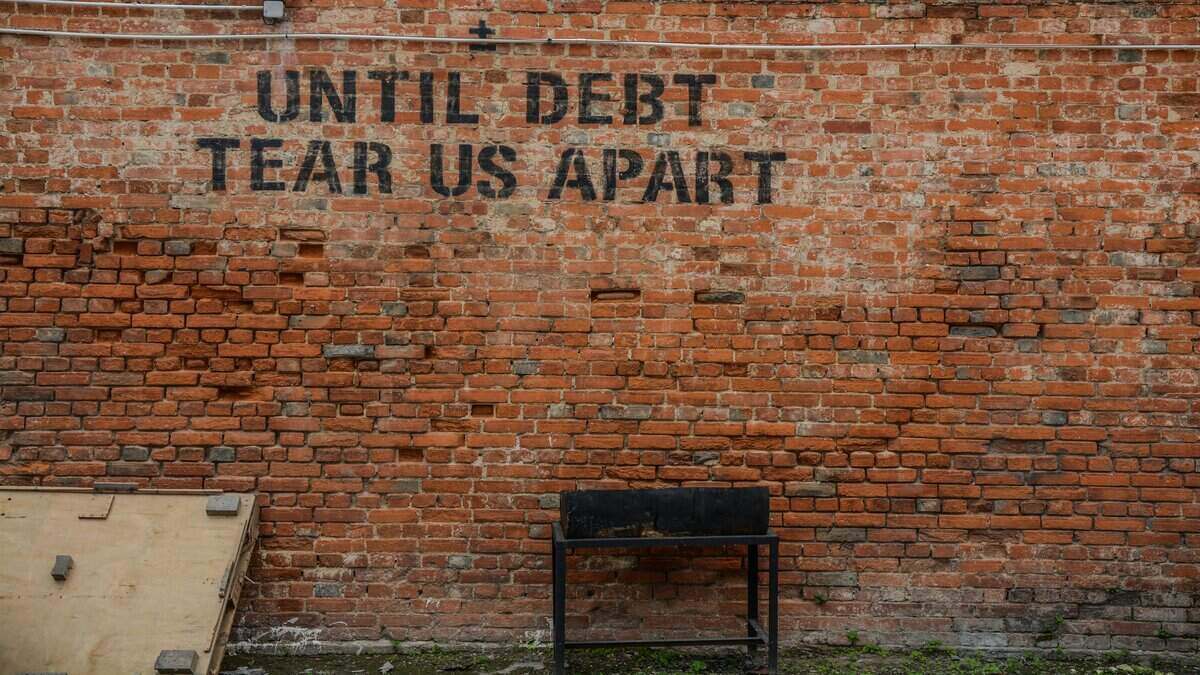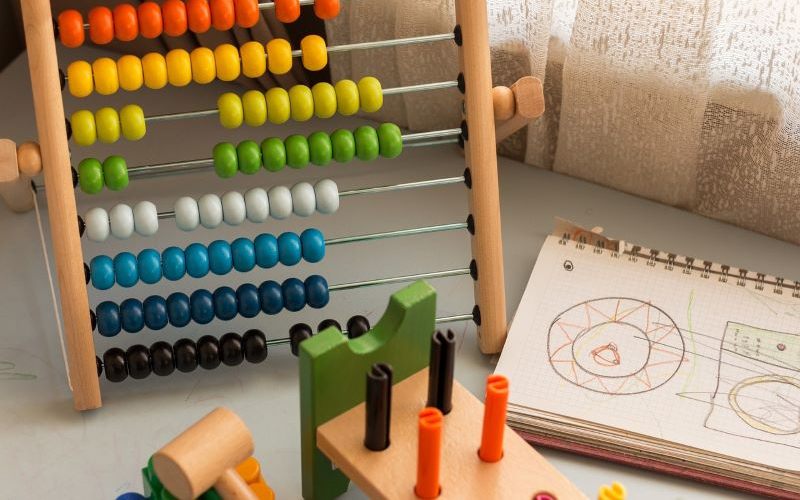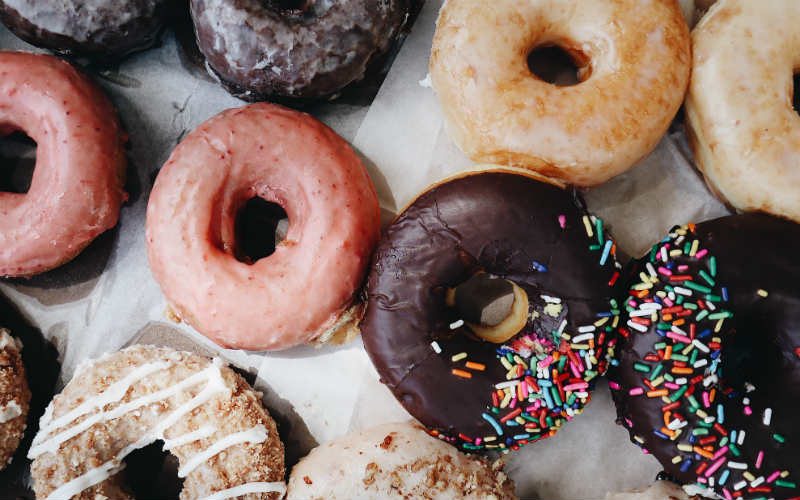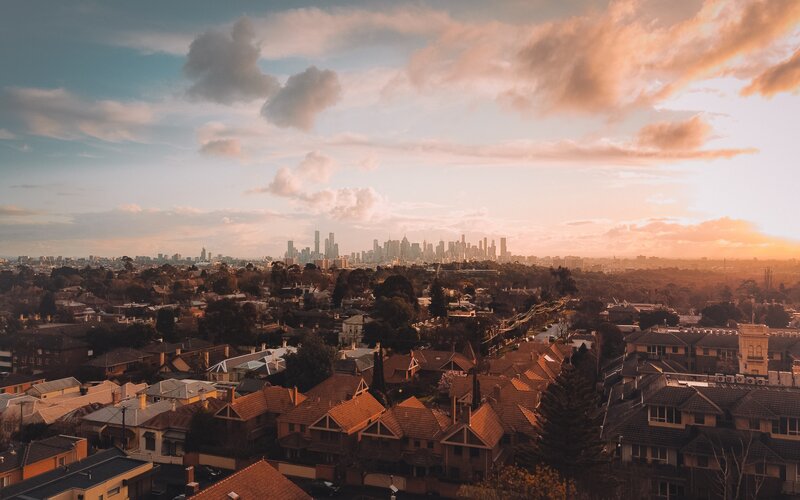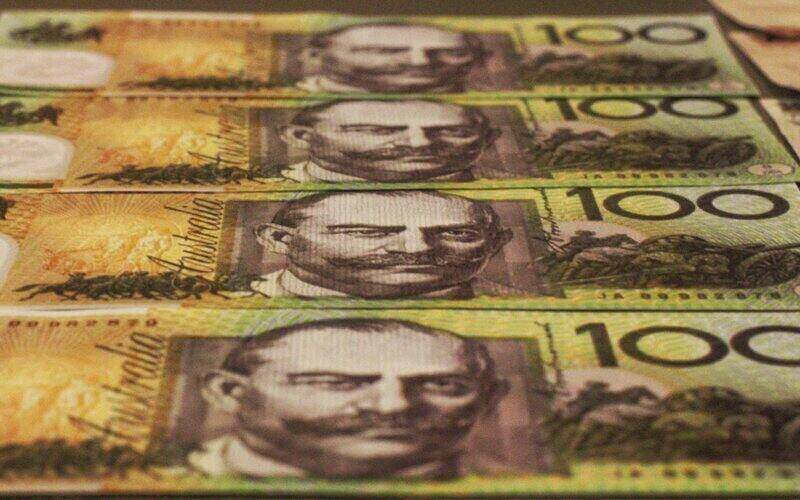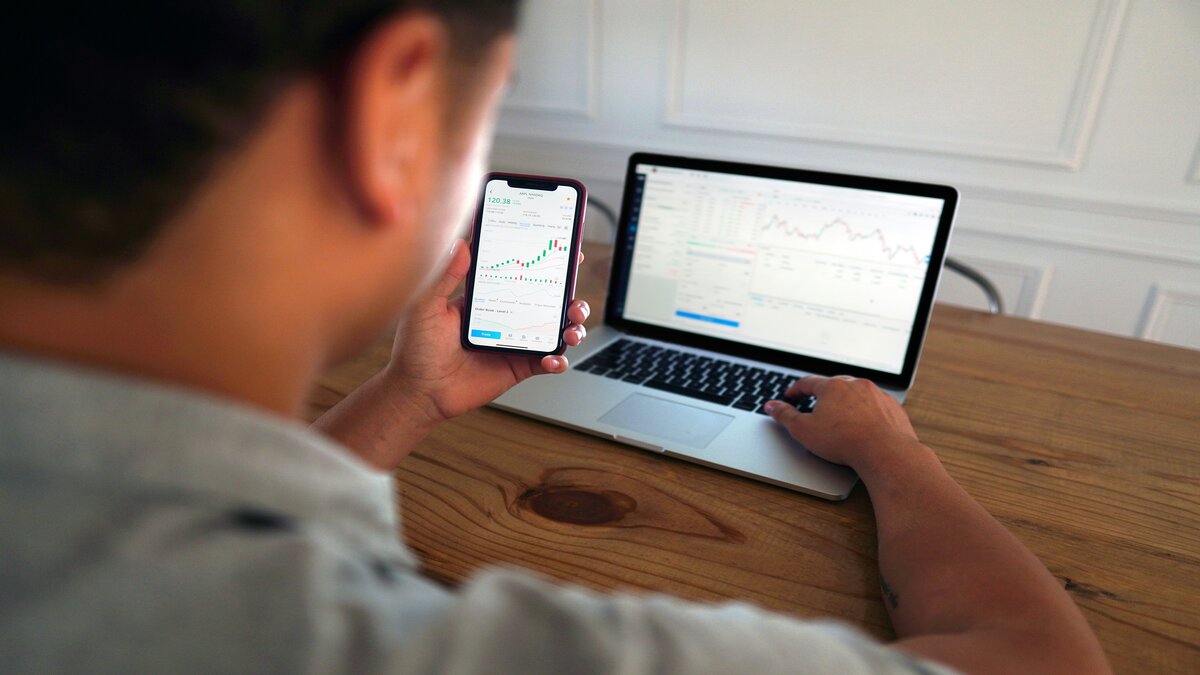Underlying inflation, excluding volatile items and holiday travel, rose 0.3% through April (in seasonally adjusted terms) according to the Consumer Price Index (CPI).
That's down from March, which could in itself suggest the February rate cut was the right move.
However, service price inflation, which governor Michele Bullock has repeatedly acknowledged as the biggest problem, ticked up significantly with services on average 1.2% more expensive in April.
That's the highest monthly jump this year - there have only been four months since pre-Covid that saw services go up by more.
Since the February cut, the average cost of non-tradeables (things that the rest of the world isn't buying, think local services like electricity or hairdressing) has increased by 1.5%, the highest two month rate since 2023.
Ms Bullock and the RBA isn't likely to be too concerned by this, with the more detailed quarterly inflation numbers typically given more weight, although the next RBA meeting will take place before the next quarterly figures are out.
Given these latest price increases date before the May cut, it's also possible service price inflation could continue to creep up in the coming months.
2025 service price inflation
According to the April CPI, these are how much more expensive the following services have become since February and the first RBA cut:
Service Price increase over January/February Price increase over March/April Health 0% 5.3% Insurance 0.24% 0.55% Electricity 6.1% 10.8%
Egg prices up nearly 20%
Goods price inflation has been moderating for a while now with Covid related supply chain issues mostly resolved.
In the all important quarterly CPI, goods price inflation has been below that of services since mid 2023, and the overall price of goods is now increasing at what most people would consider an acceptable rate (1.2% over the 12 months to March).
However, as most people will attest to, that aggregate figure doesn't tell the full story, with the cost of certain everyday purchases continuing to spiral out of control.
Egg prices have been well documented and the latest numbers show eggs are now nearly 20% more expensive than this time last year.
The CPI estimate suggests prices have gone up 18.6%, while our Grocery Price Index found eggs were 19.2% more expensive in April '25 compared to '24.
At both Coles and Woolworths, a homebrand 600g dozen eggs cost $6.20 in April, which works out to be more than 50 cents per egg.
In April 2024, the cost was $5.20, or 43 cents per egg.
July rate cut still on?
The 0.25% cut the RBA delivered on 20 May was widely expected given the uncertain outlook for the global economy, and Ms Bullock suggested it was a fairly straightforward decision.
"There was a bit of a discussion about a hold and that was sort of put aside pretty quickly," she told media after the announcement.
In the May Statement on Monetary Policy, released at the same time, the RBA revised down inflation expectations, forecasting underlying inflation to drop to 2.6% by the end of June (currently 2.9%).
As of 27 May, the RBA ASX rate tracker estimates the chance of another 0.25% cut in July, which would take the cash rate to 3.60%, to be 78%.
For now, this still appears more likely than not, but more upside surprises to service price inflation could be fuel for the cash rate hawks arguing against further cuts.
Picture by Rajiv Perera

Ready, Set, Buy!
Learn everything you need to know about buying property – from choosing the right property and home loan, to the purchasing process, tips to save money and more!
With bonus Q&A sheet and Crossword!
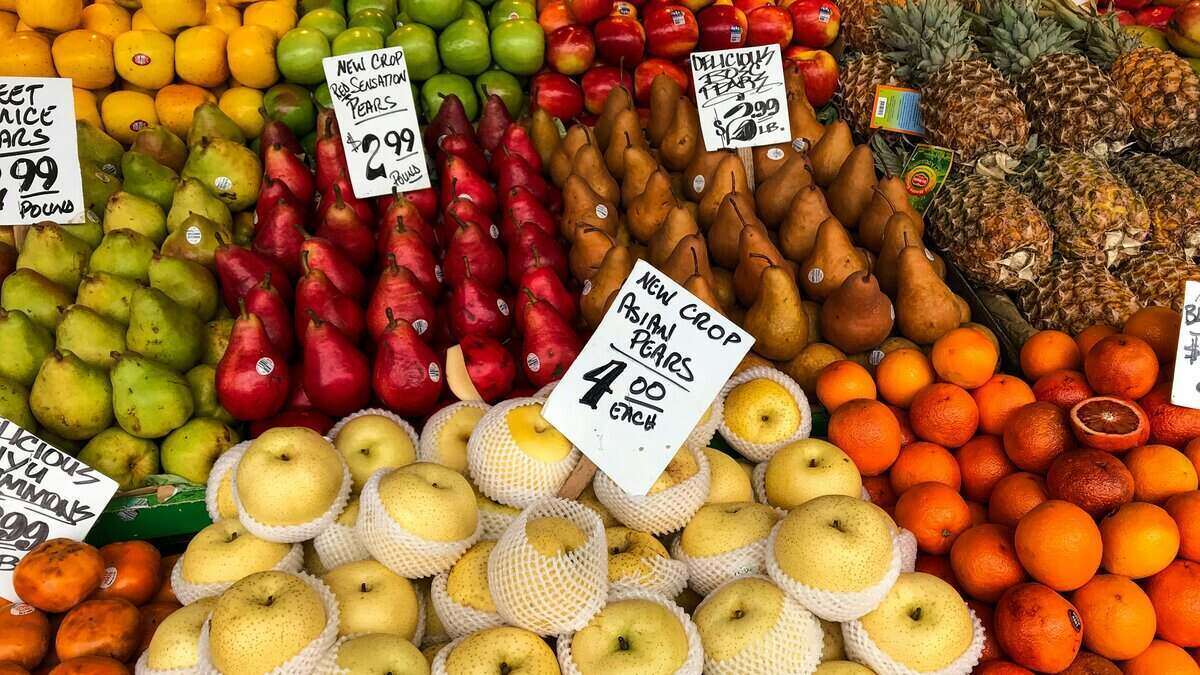

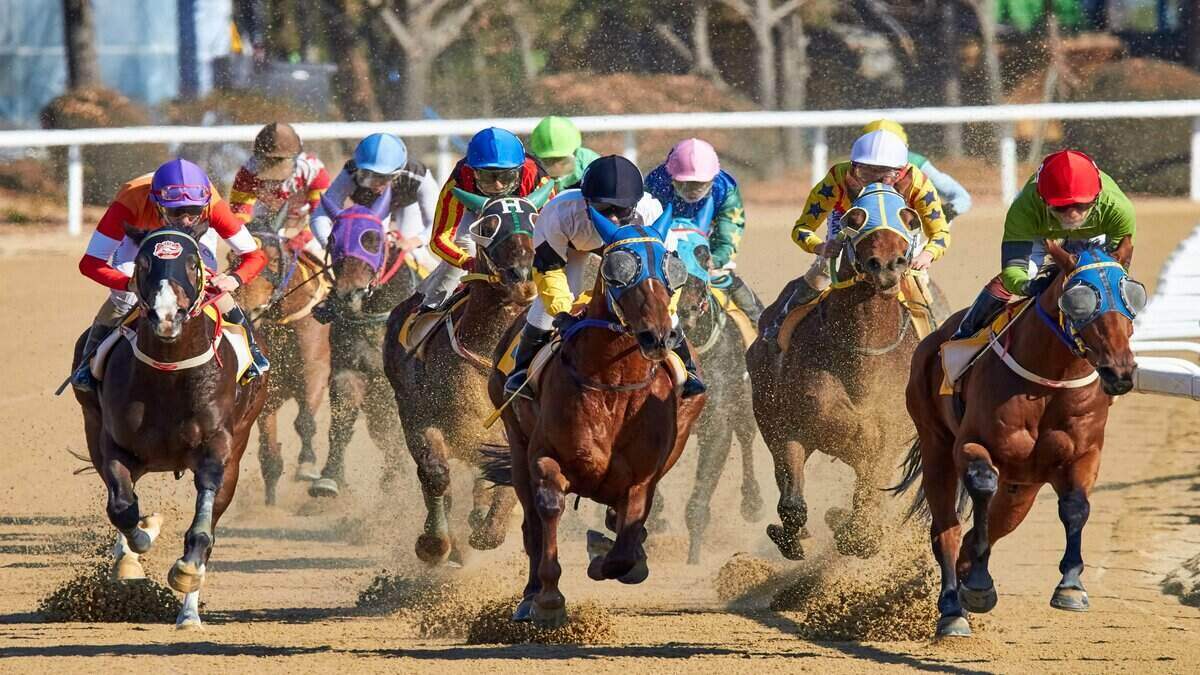
 Harry O'Sullivan
Harry O'Sullivan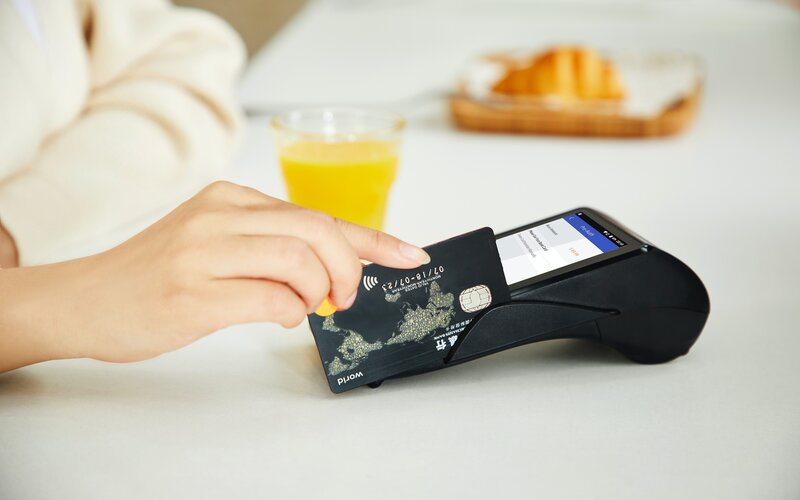
 Harrison Astbury
Harrison Astbury
